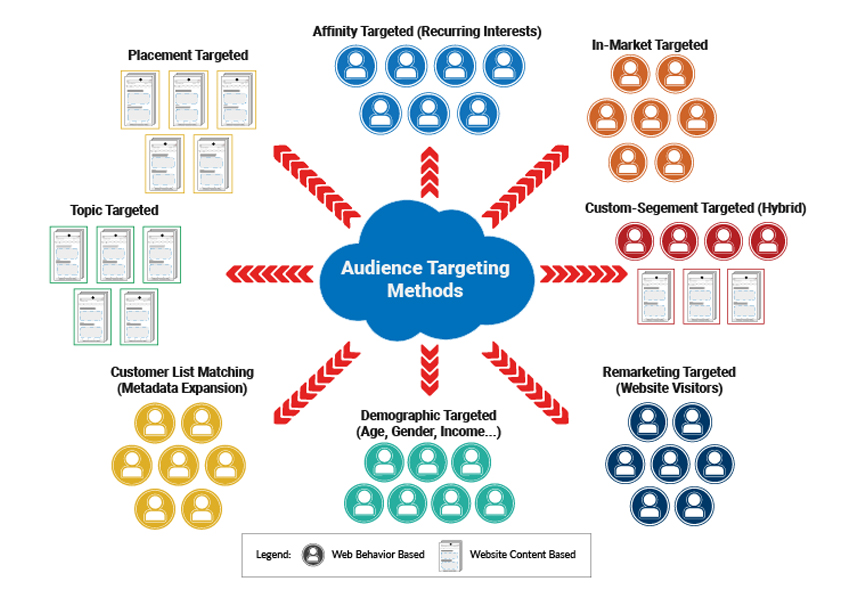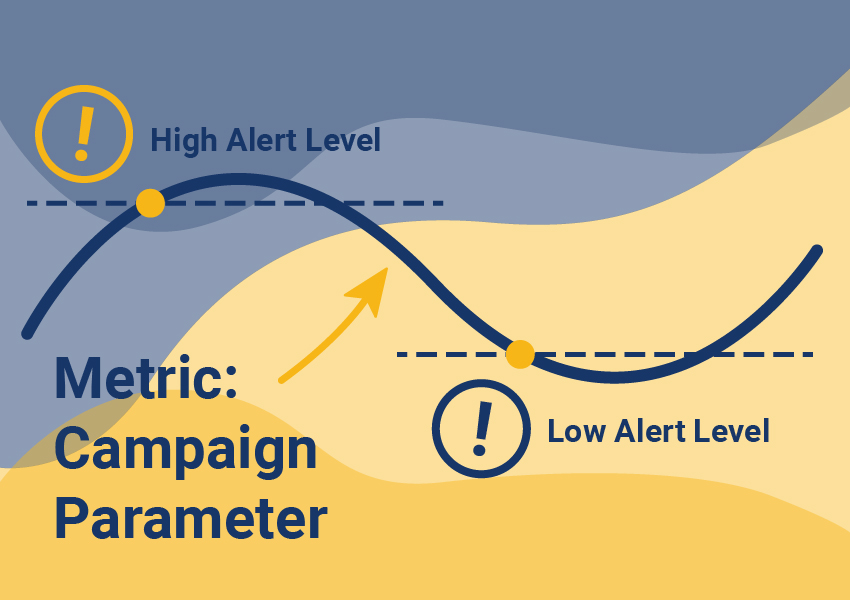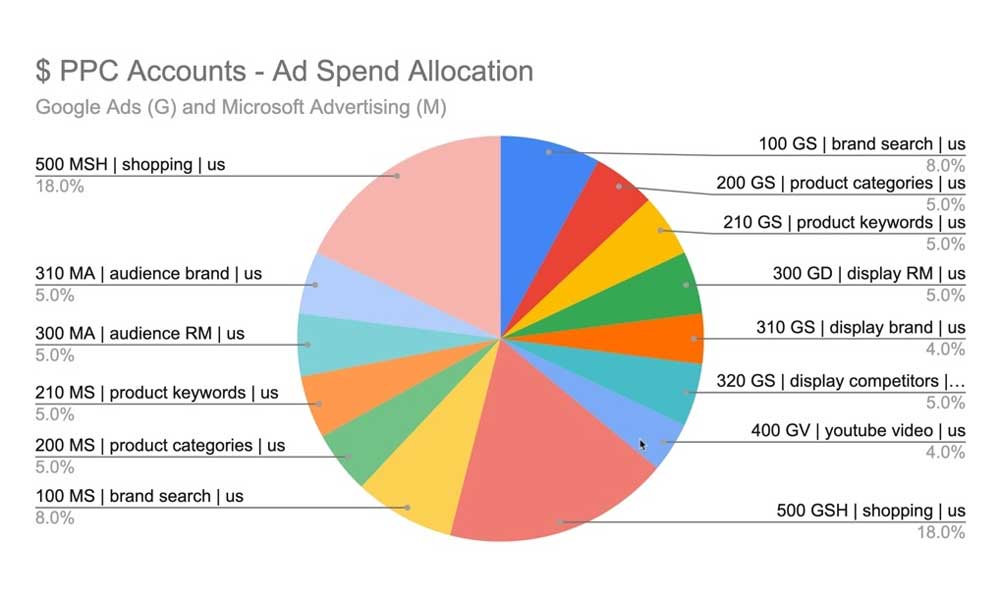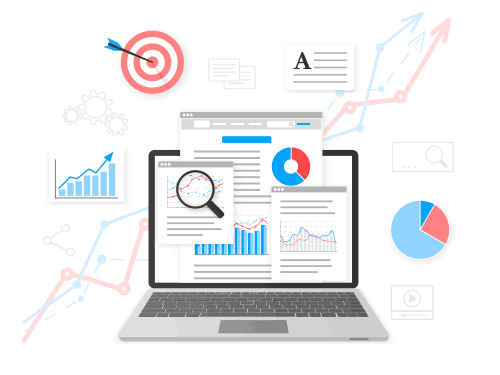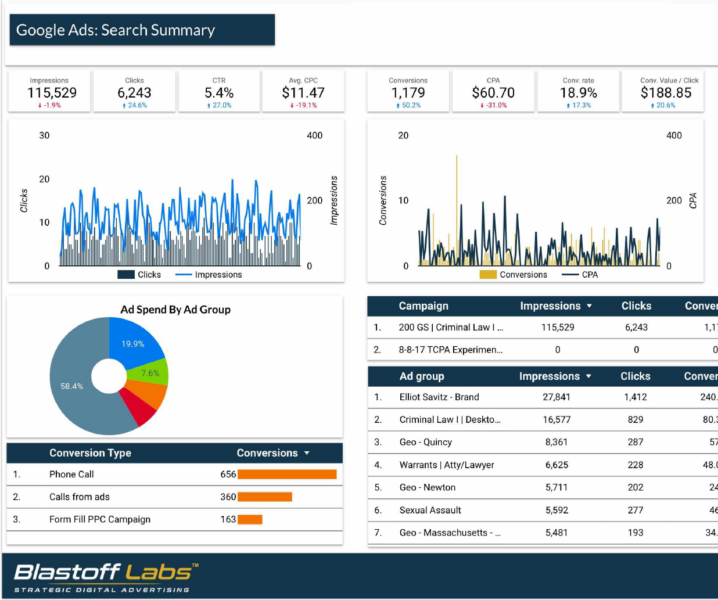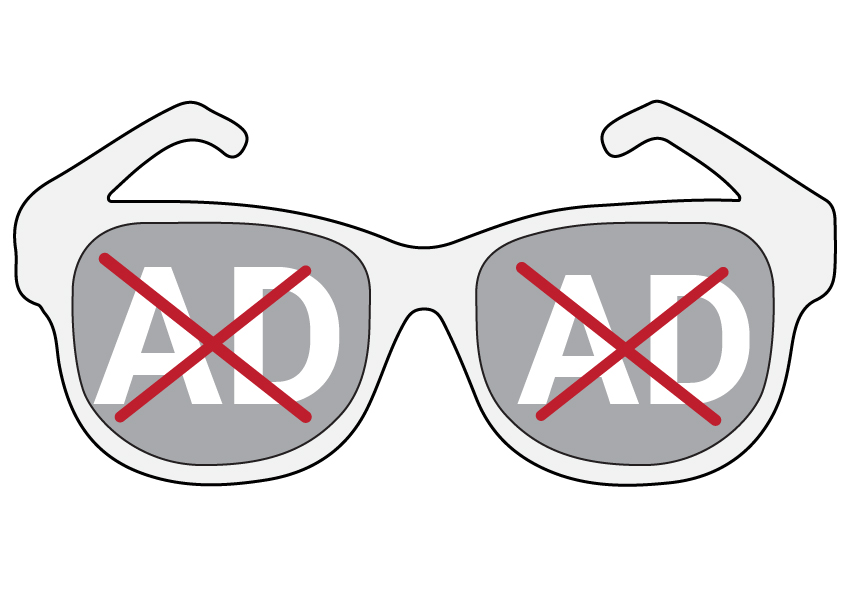Display Campaign Optimization
Display campaign optimizations take a bit more time to optimize. Many require 2 to 4 months, as different targeting methods are experimented with before finding a winning formula. Simpler display campaigns, and campaigns operating in business sectors with limited competition, can often be optimized faster. During the fine optimization period, it's not unusual to make significant breakthroughs in performance as we become more familiar with the nuances of how a display campaign serves, and the increasing volume of data makes it possible to test new ideas.

